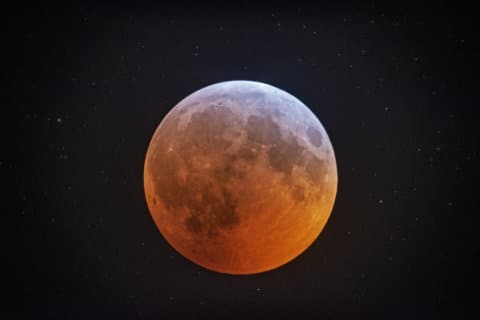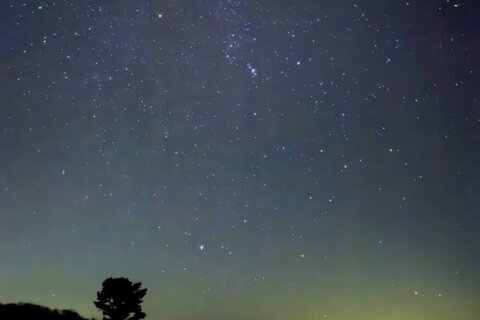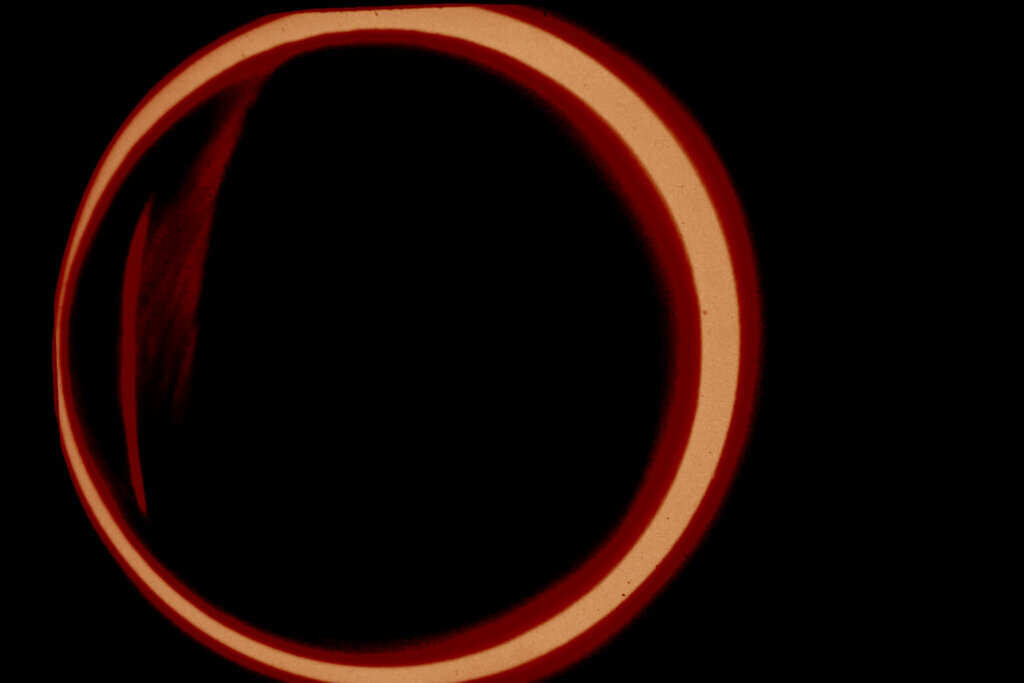
On Thursday, for Canada and other points much farther north, the Sun will undergo a “Ring of Fire,” or annular solar eclipse. Across the entire DMV at sunrise, a partial solar eclipse will be visible.
Observing the solar eclipse safely is the number one concern — failure to do so can result in permanent eye damage. Parents must ensure their children are safely observing the eclipse. Safe viewing guidance is provided here. The simplest (and safest) way to enjoy the eclipse is using the Pinhole Projection Method.
The safest way to enjoy the eclipse, especially with children, and if it is cloudy as currently forecast, is by watching it online. Livestreaming details are in the Sky & Telescope link above. Remember, solar eclipse eye safety is first and foremost. If you do not completely understand any of the provided guidance, play it safe and watch online.
You can determine what the eclipse will look like for your observing location by using this link. Input your location on the map by zooming in to find your location and then click on it. The resulting pop up will have the times of sunrise, maximum eclipse and when the eclipse is over. By scrolling over each event with your cursor a diagram showing what the Sun will look like at each phase of the eclipse will appear. You have to subtract 4 hours from the UT (Universal Time) to get our local time of EDT.
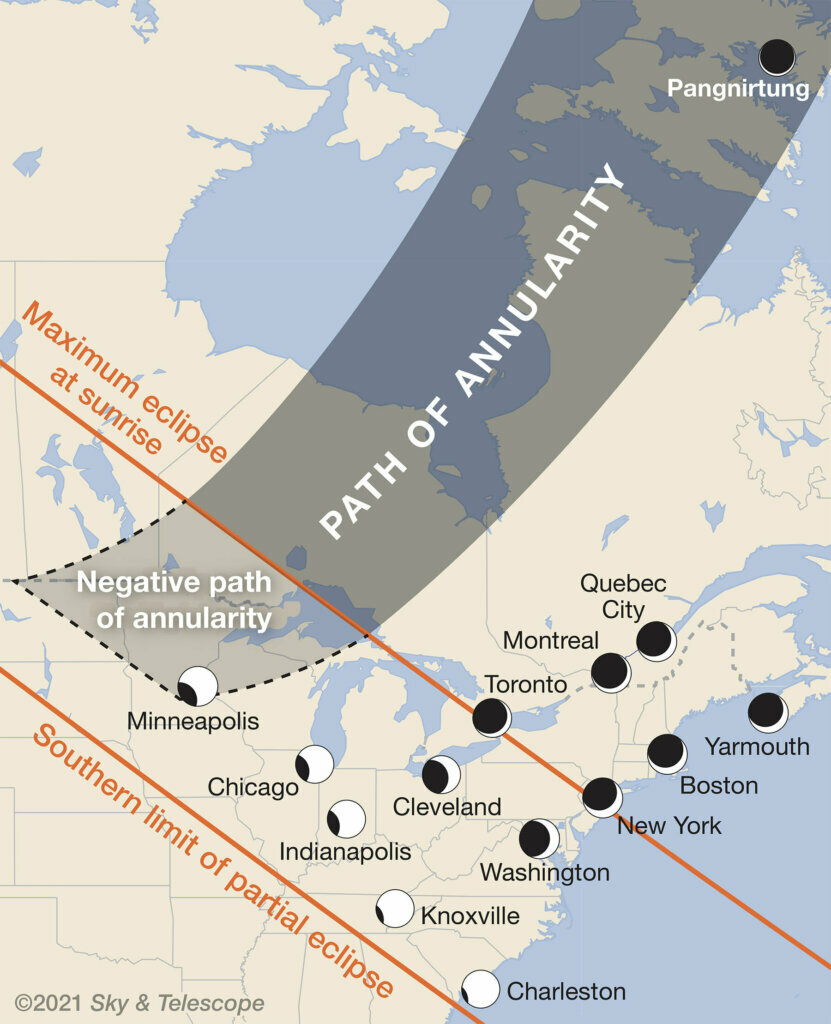
The farther north and east you are, the more of the Sun will be eclipsed. You will need a clear view of the northeast horizon to see the eclipse at sunrise. I will be in New Jersey, on the shore line, for the event.
If you want to photograph the eclipse, you must do so in a safe manner to protect your eyes and camera. This link provides safe methods for a wide variety of cameras, but for smartphones, use this link and read Chapter 11.
If you use the Pinhole Projection Method, you can simply photograph the projected and eclipsed Sun — but not through the pinhole.
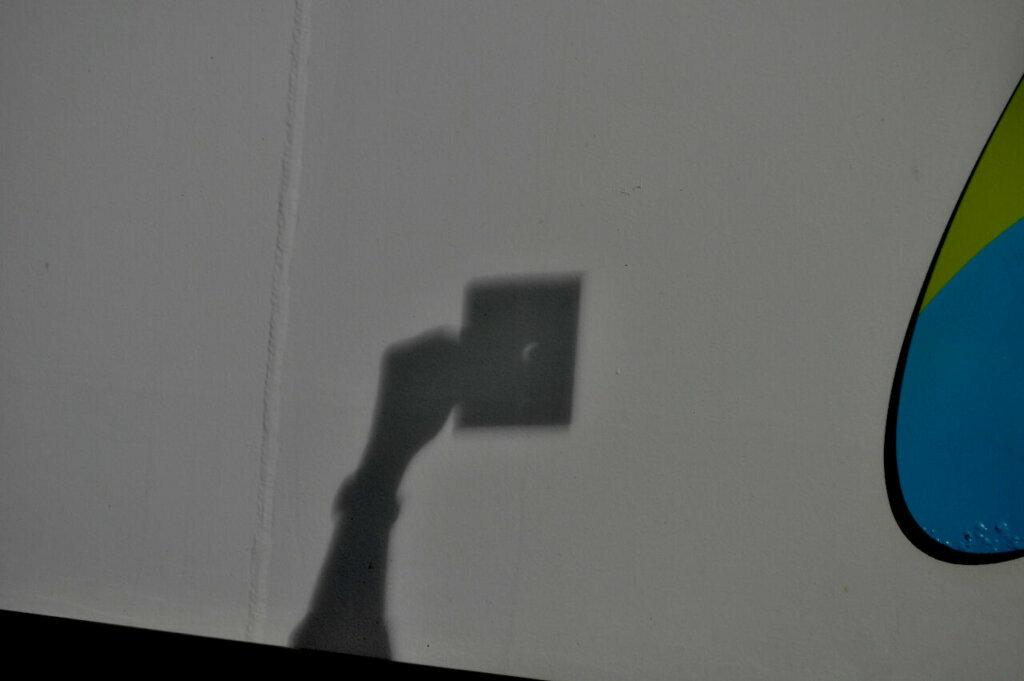
Once again, if you do not completely understand any of the provided solar eclipse photography guidance, play it safe by watching online and take screenshots.
This will be the last solar eclipse for the DMV until October 2023, when we will experience another partial solar eclipse.
Be solar eclipse safe and enjoy!
Follow my daily blog to keep up with the latest news in astronomy and space exploration. You can email me at skyguyinva@gmail.com.

